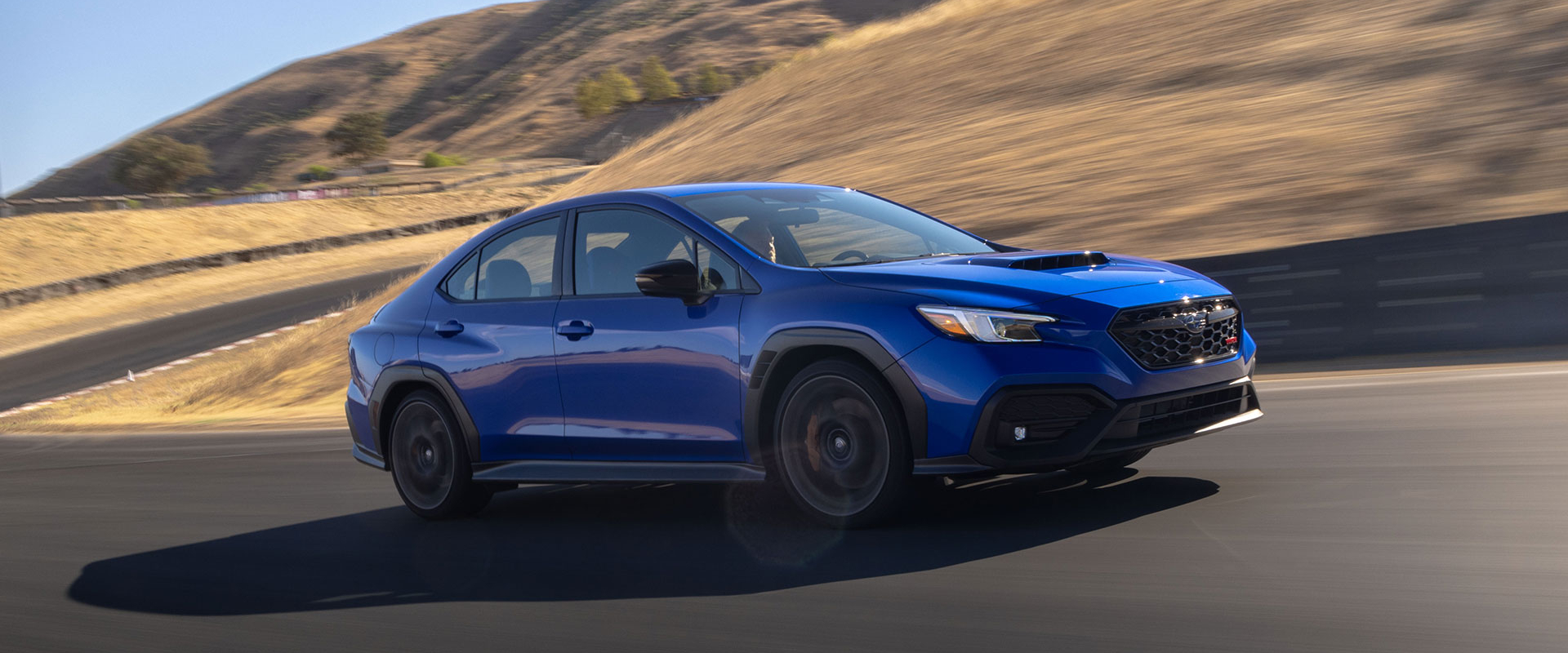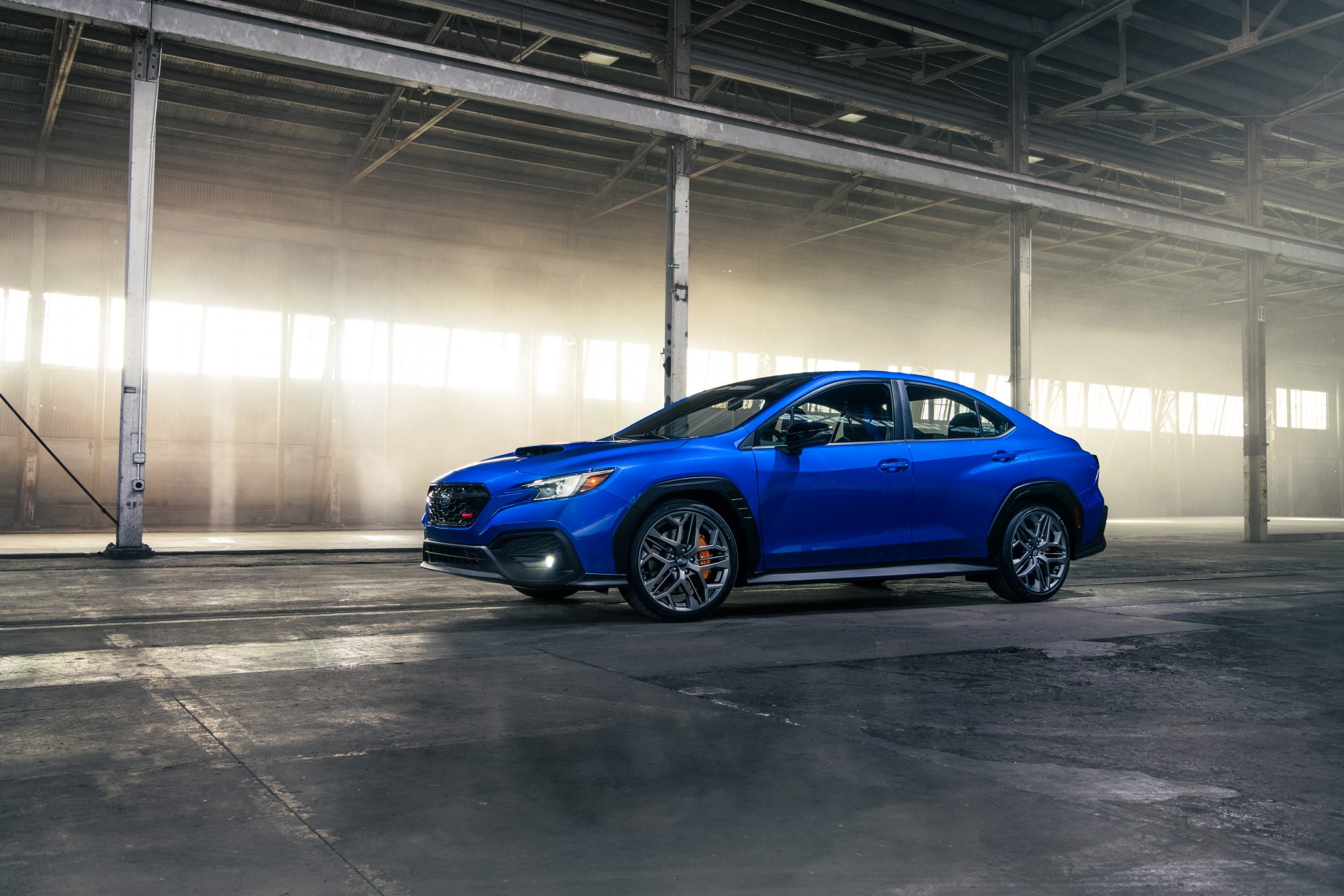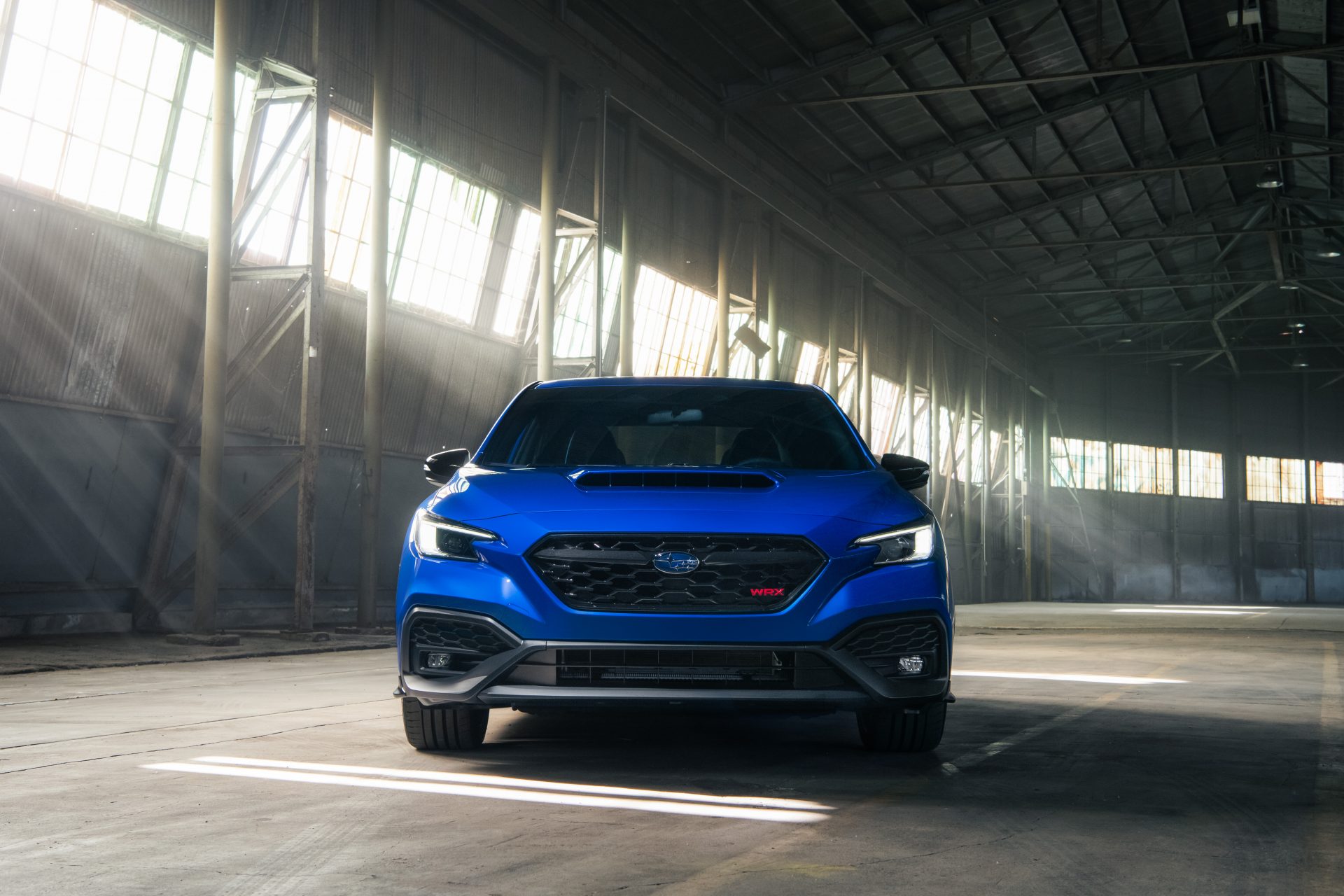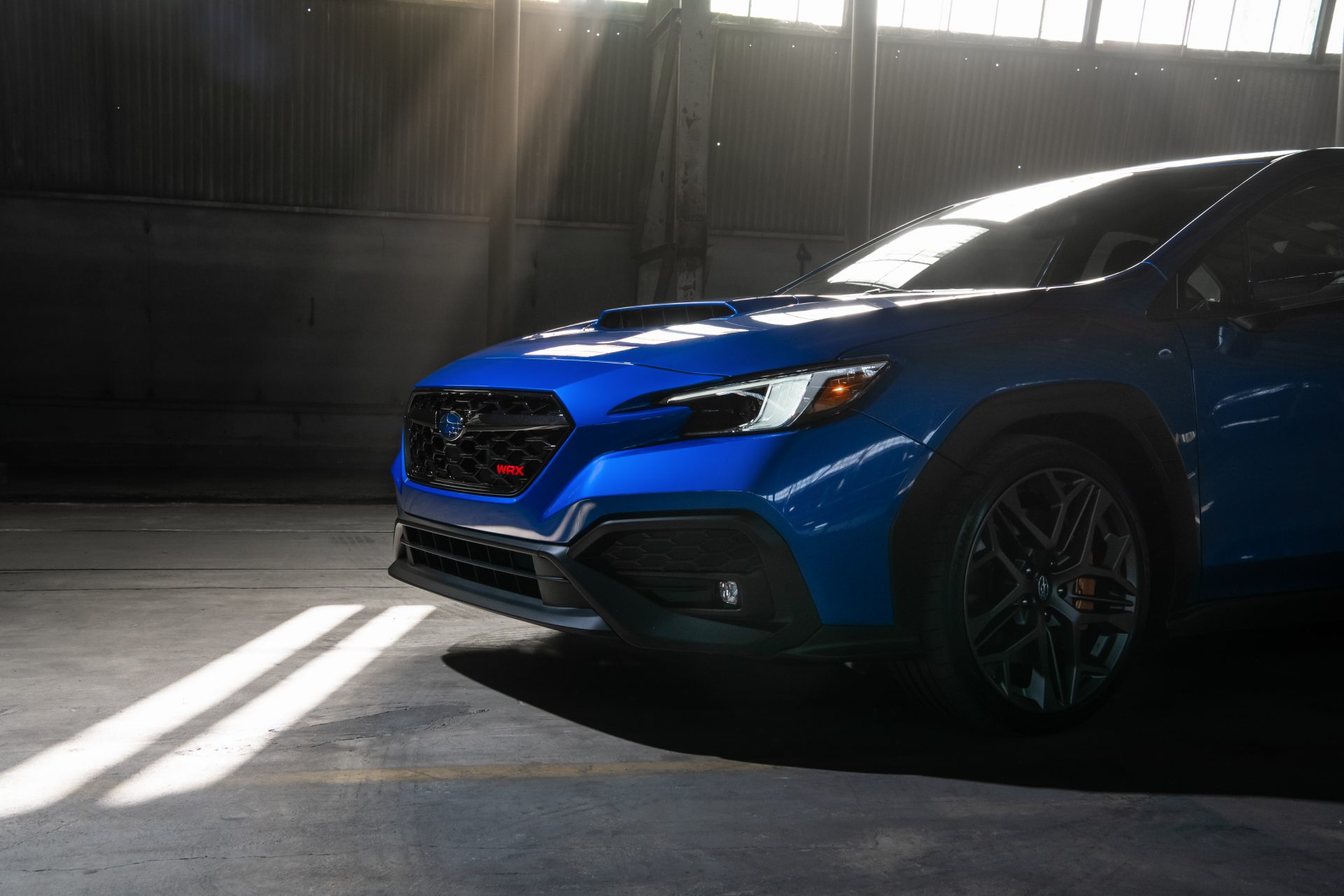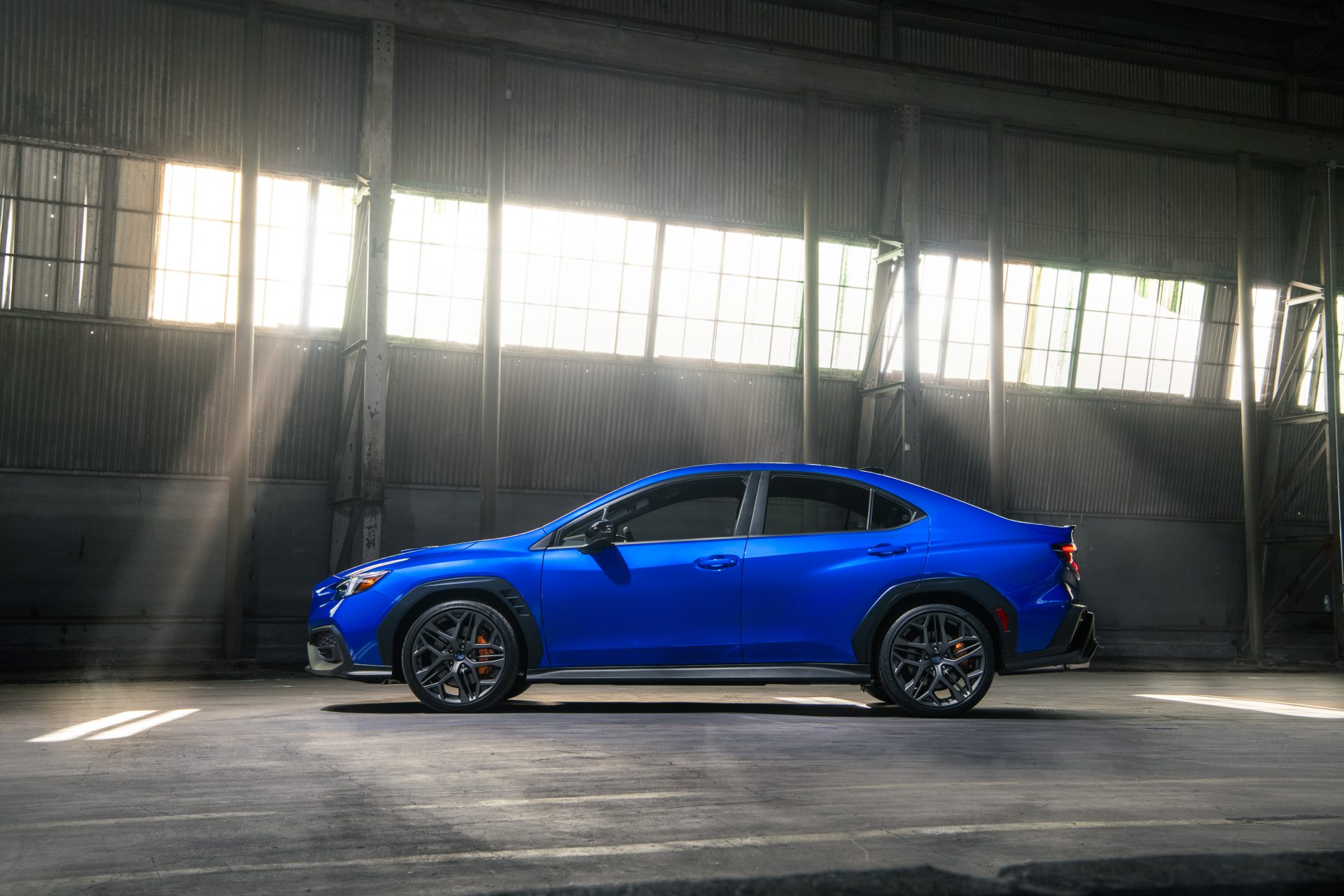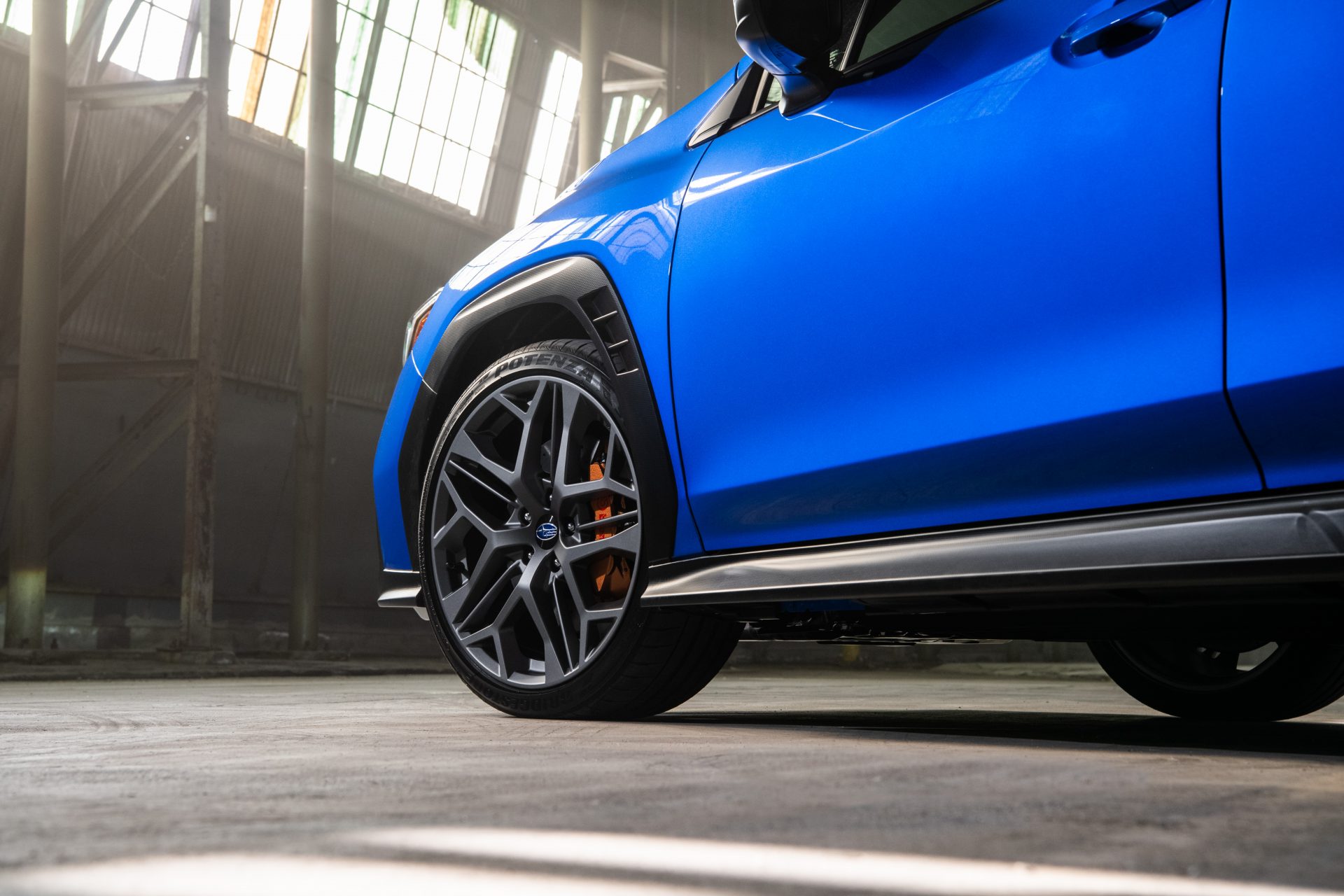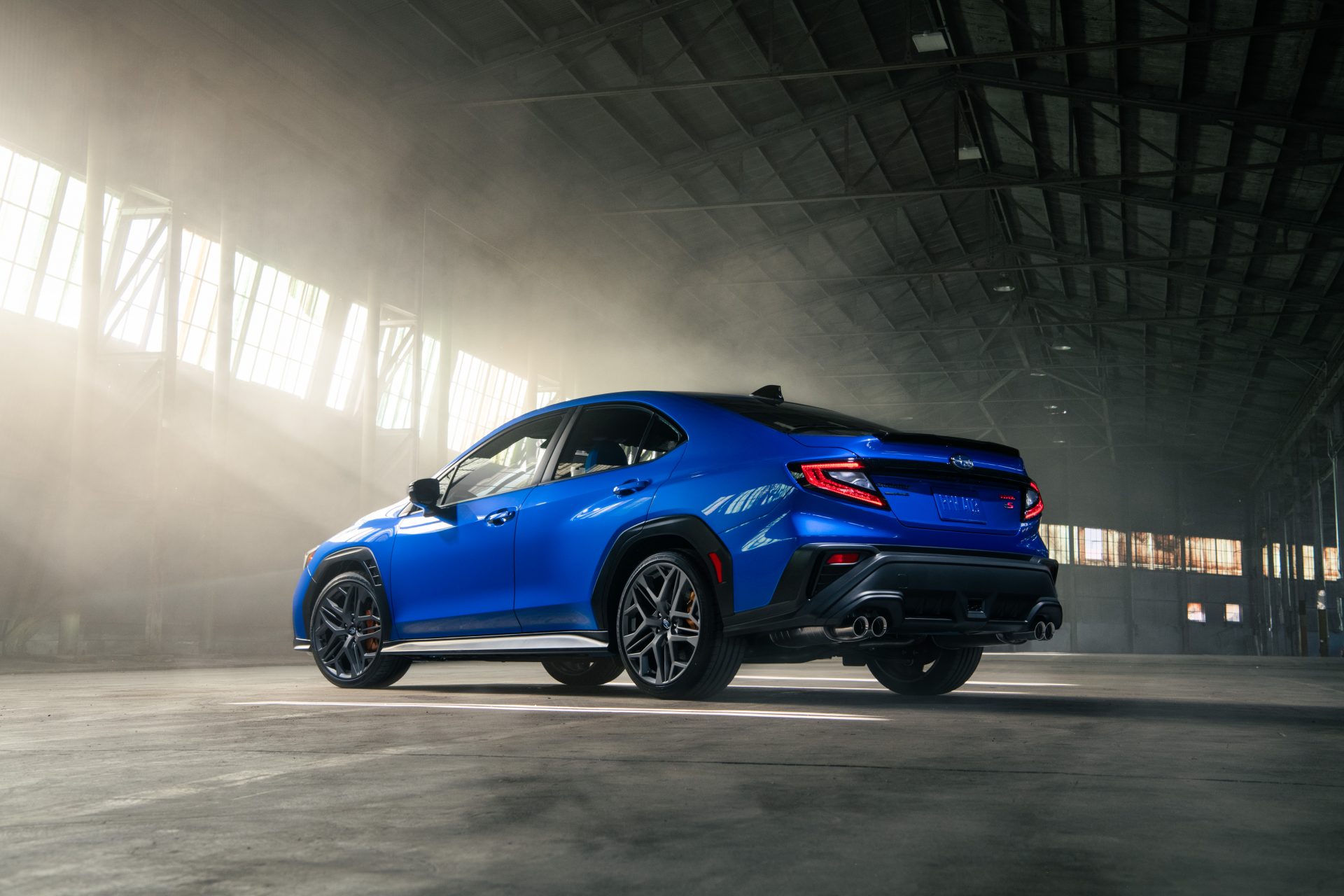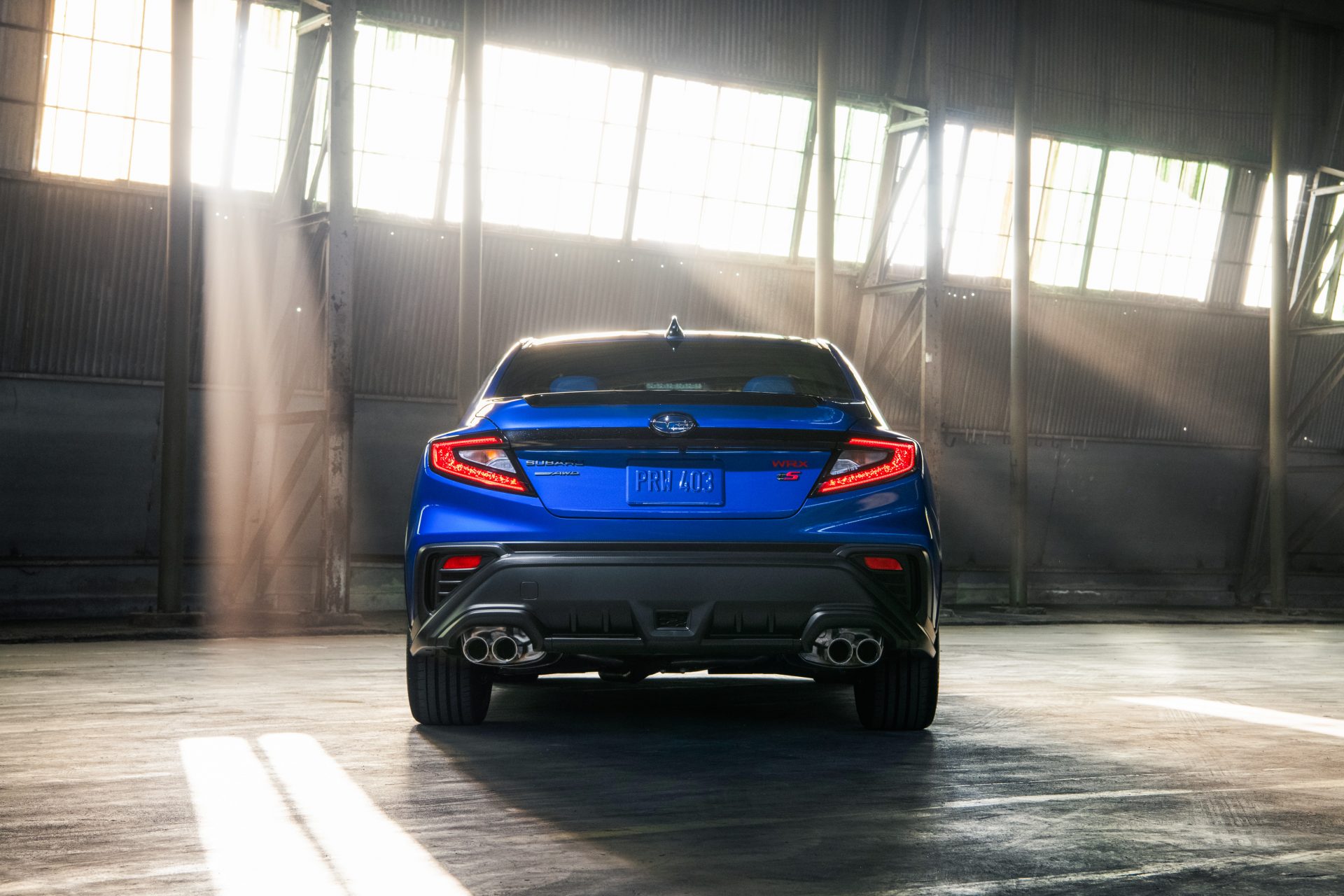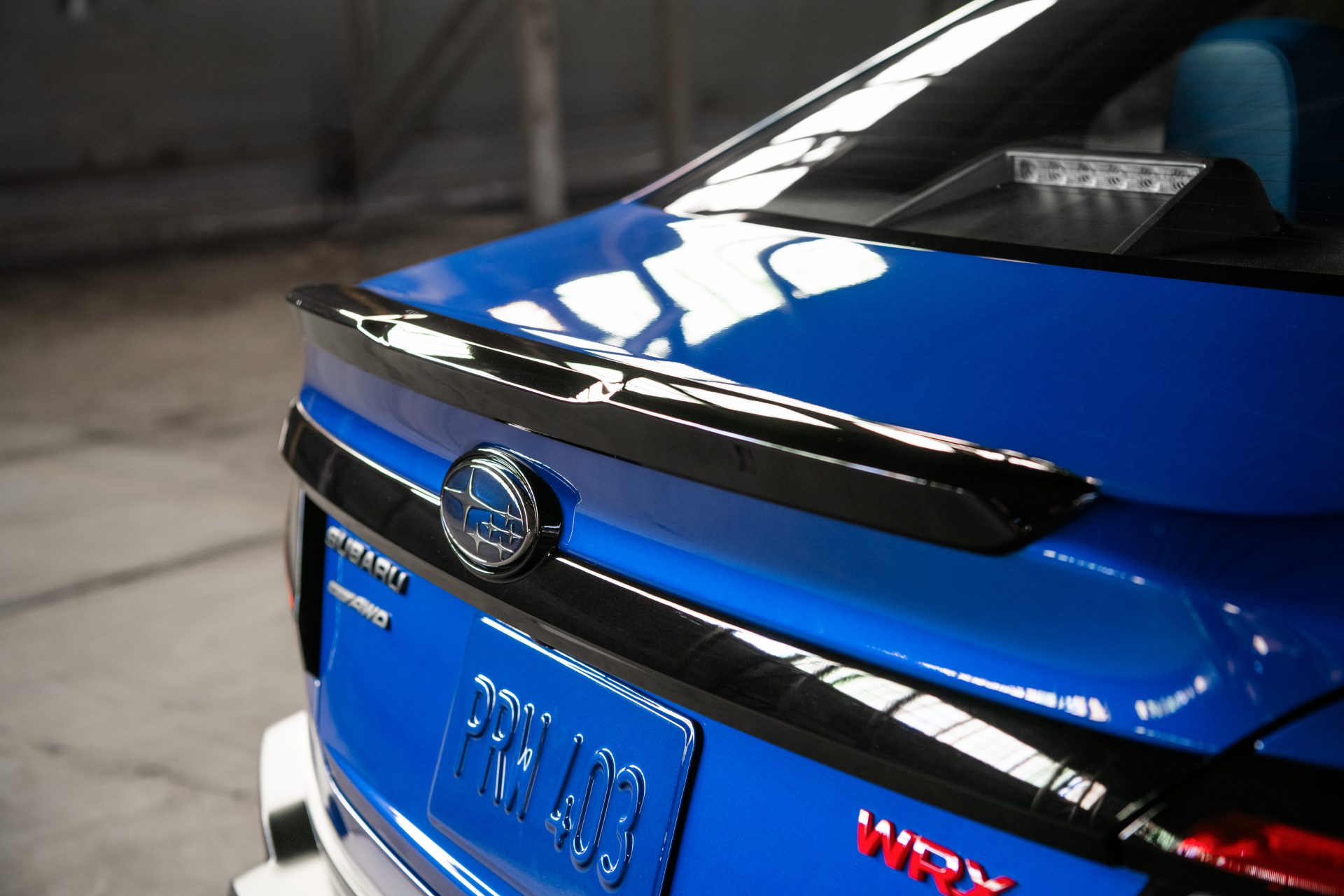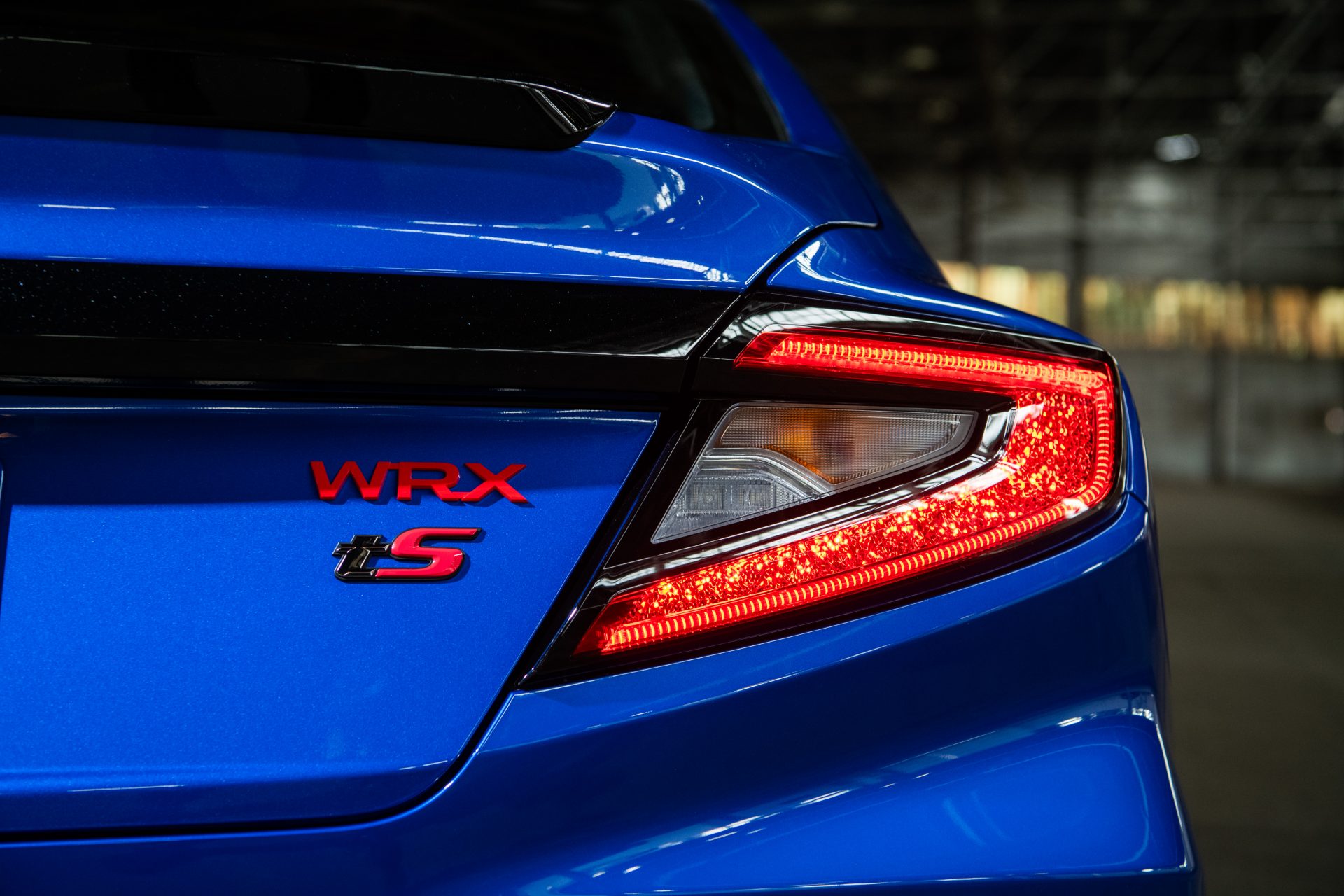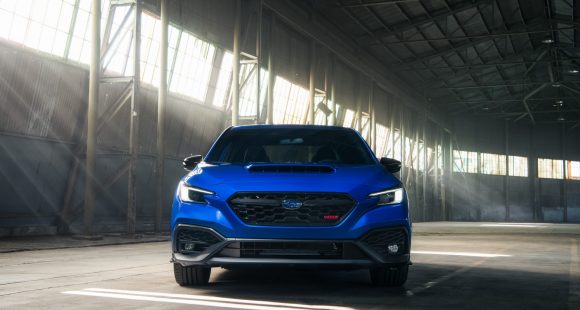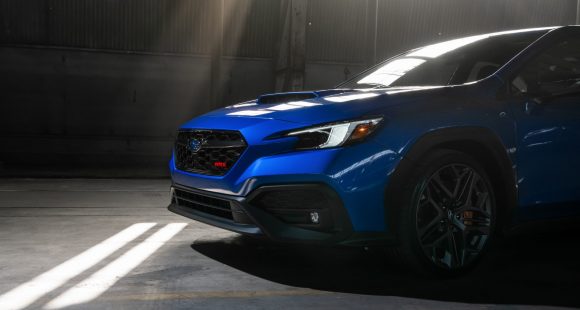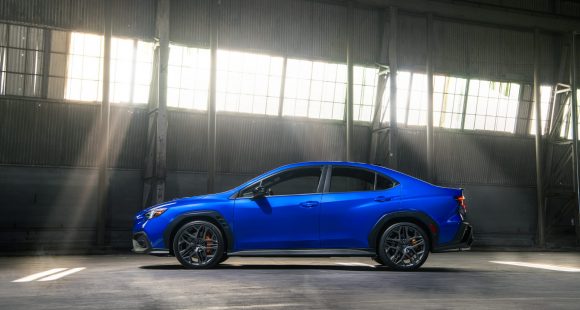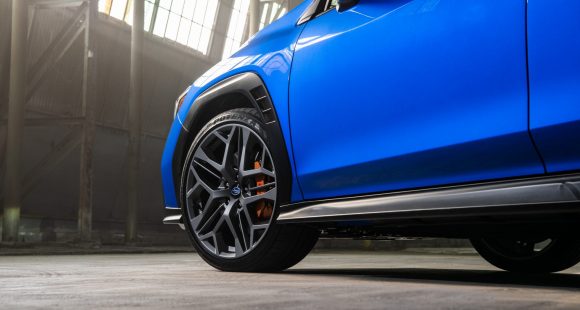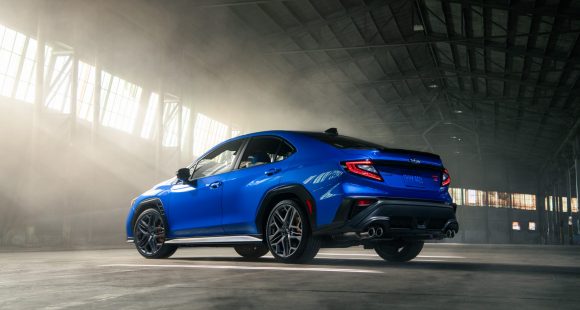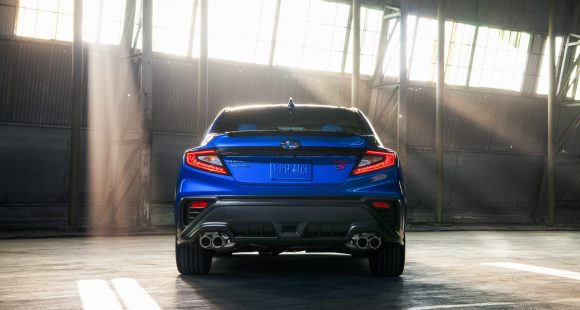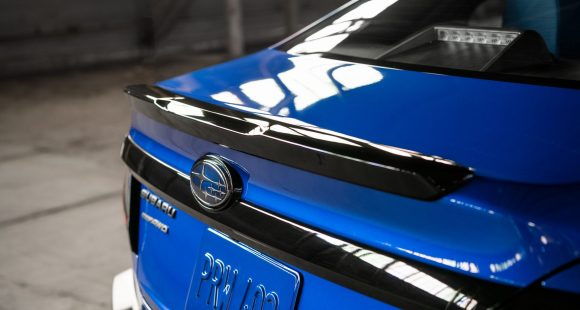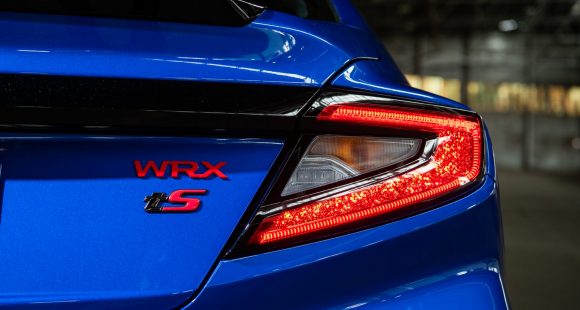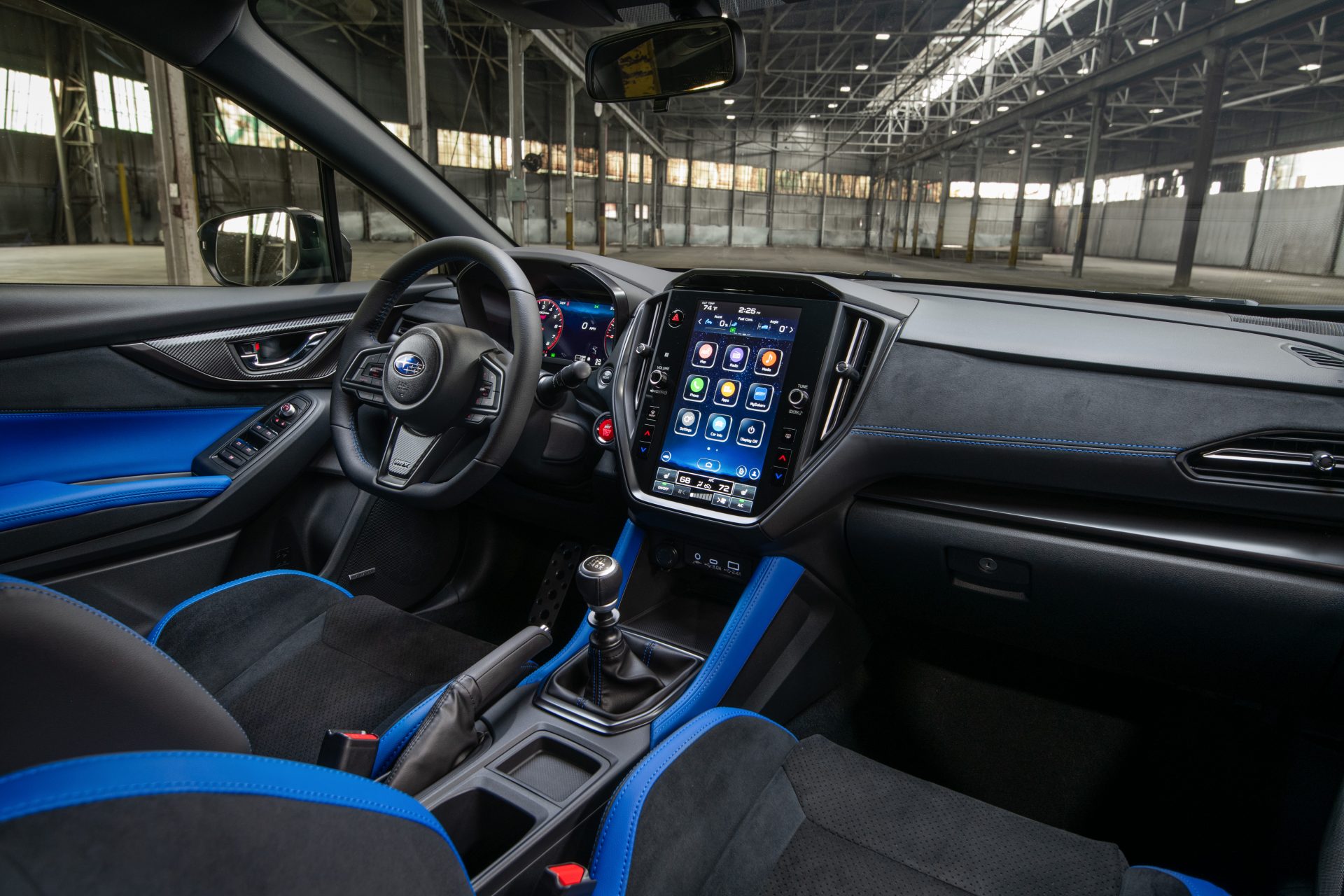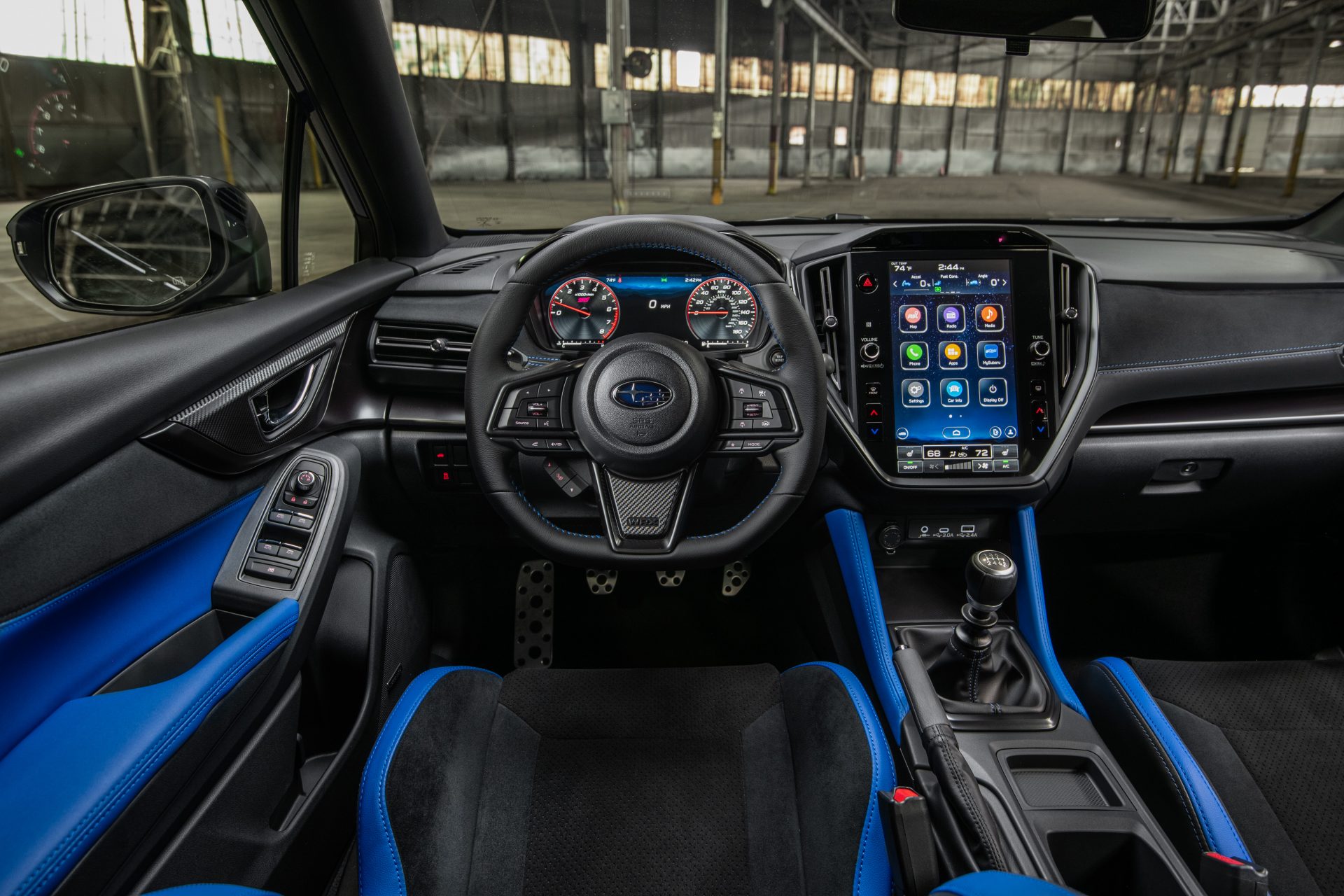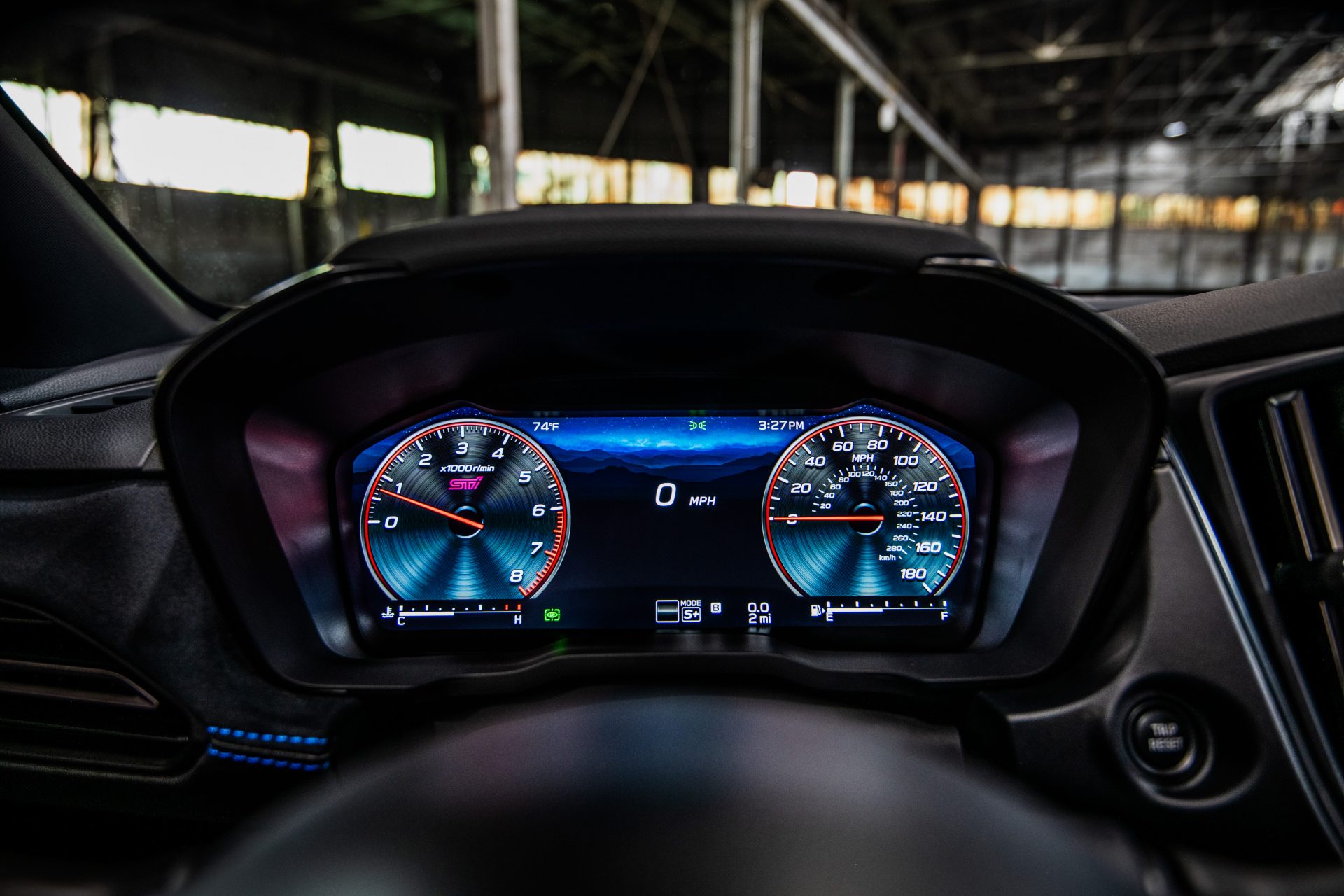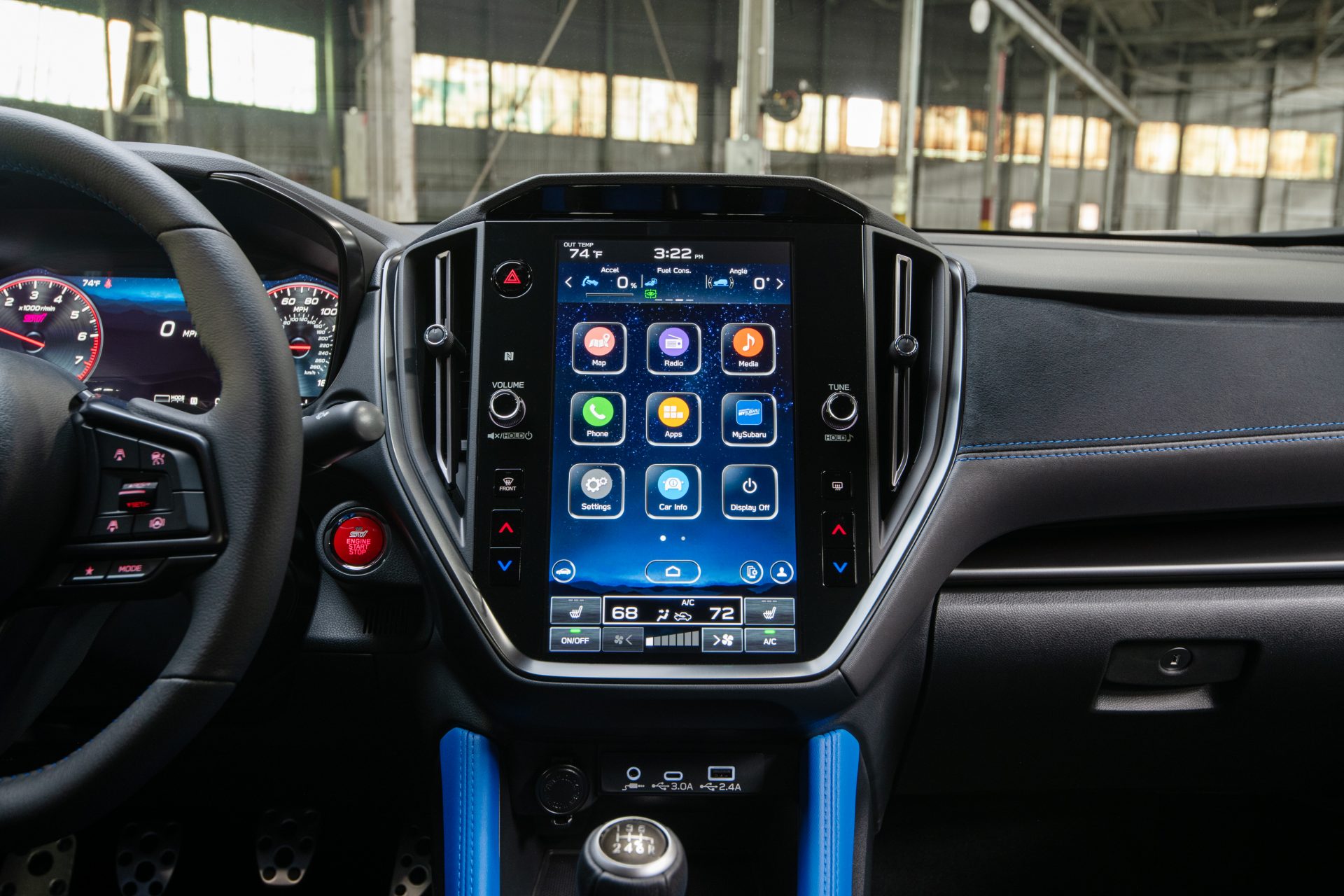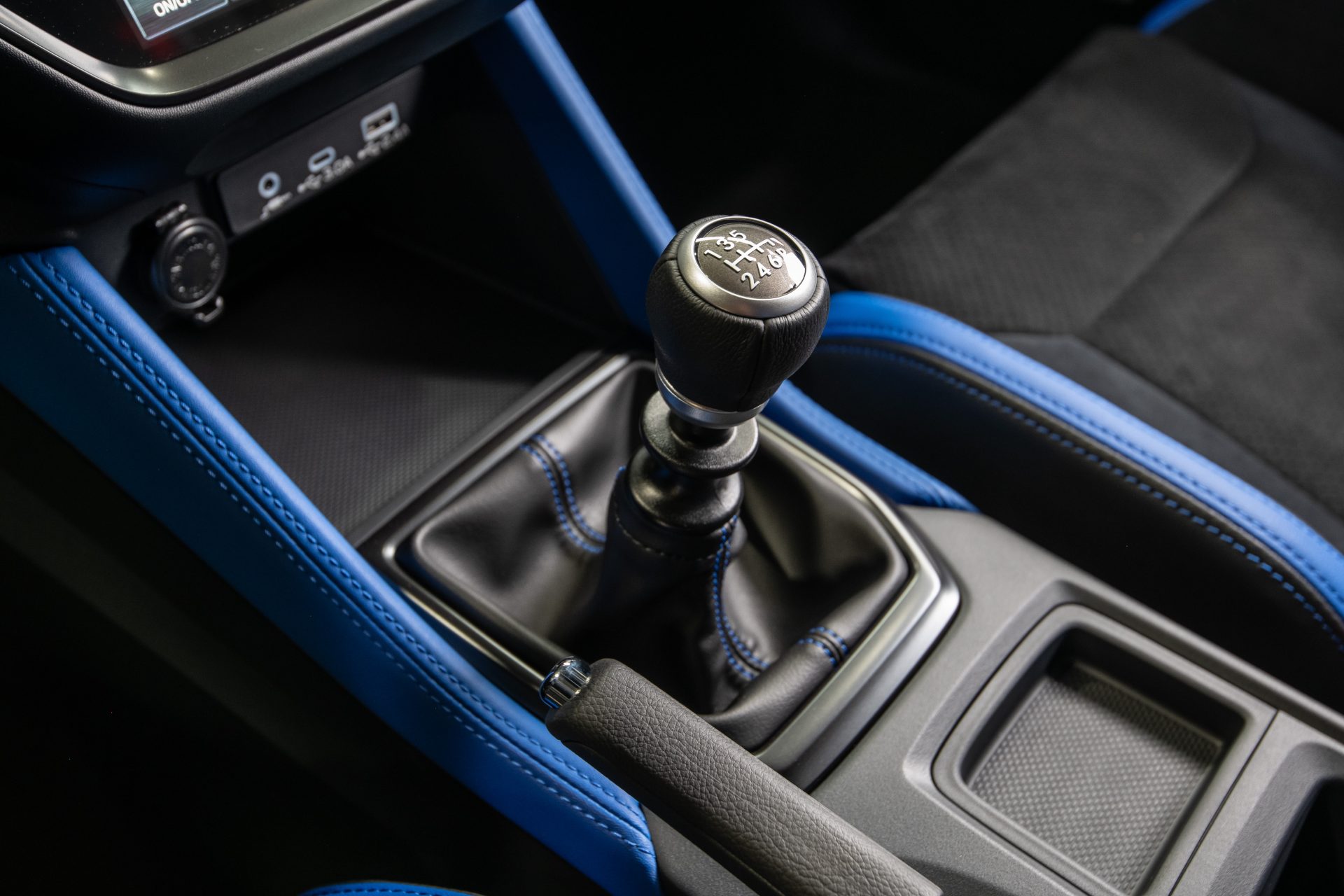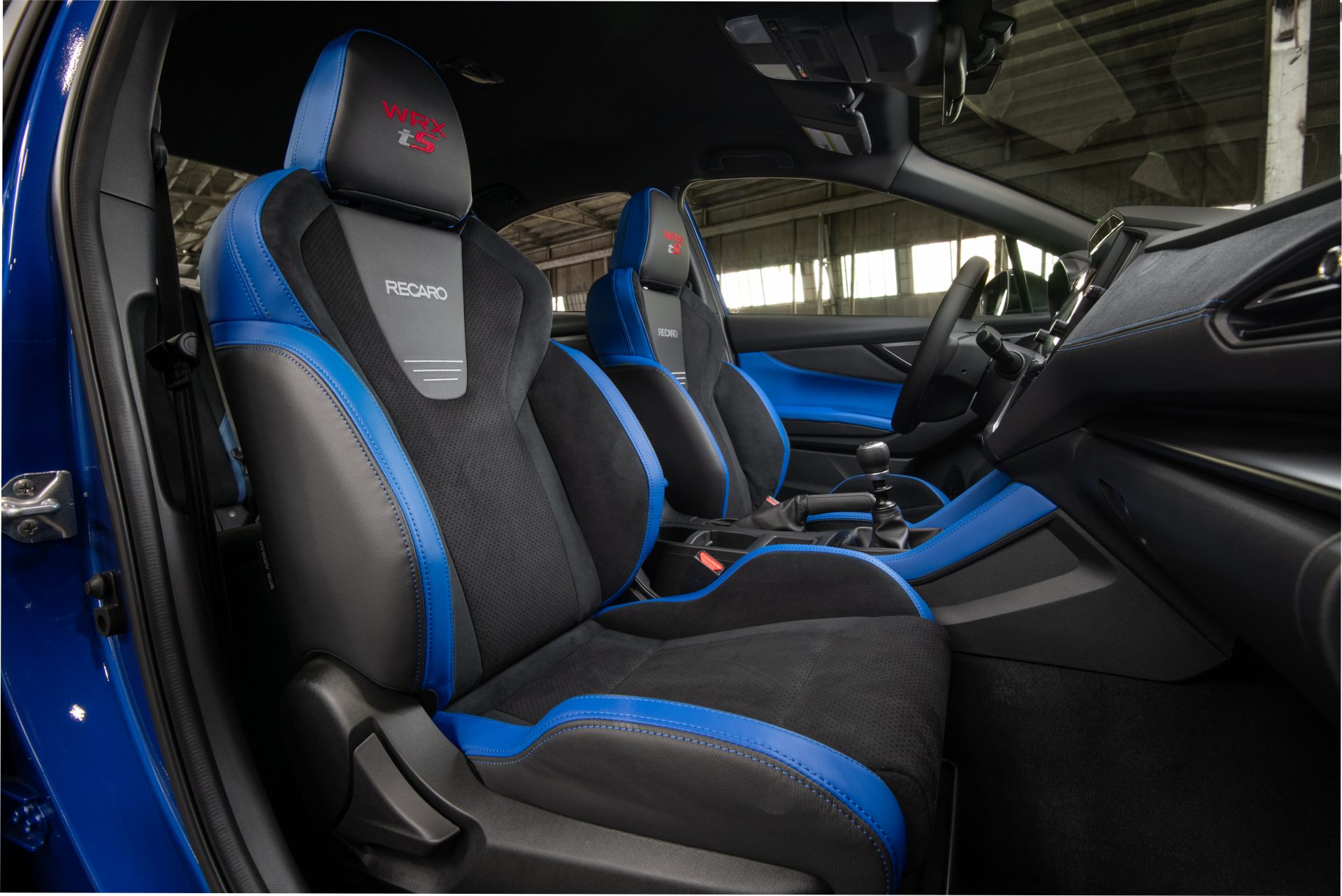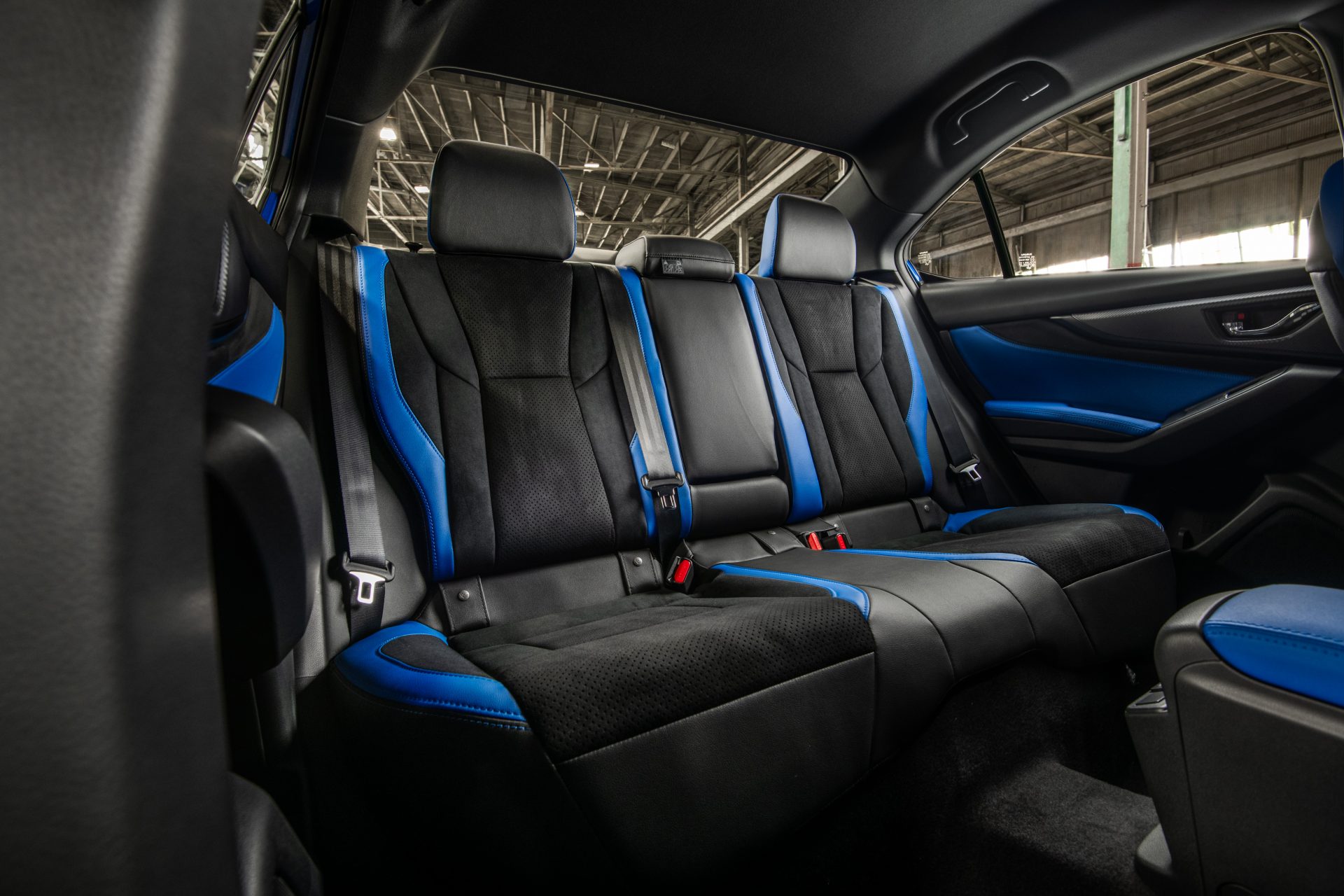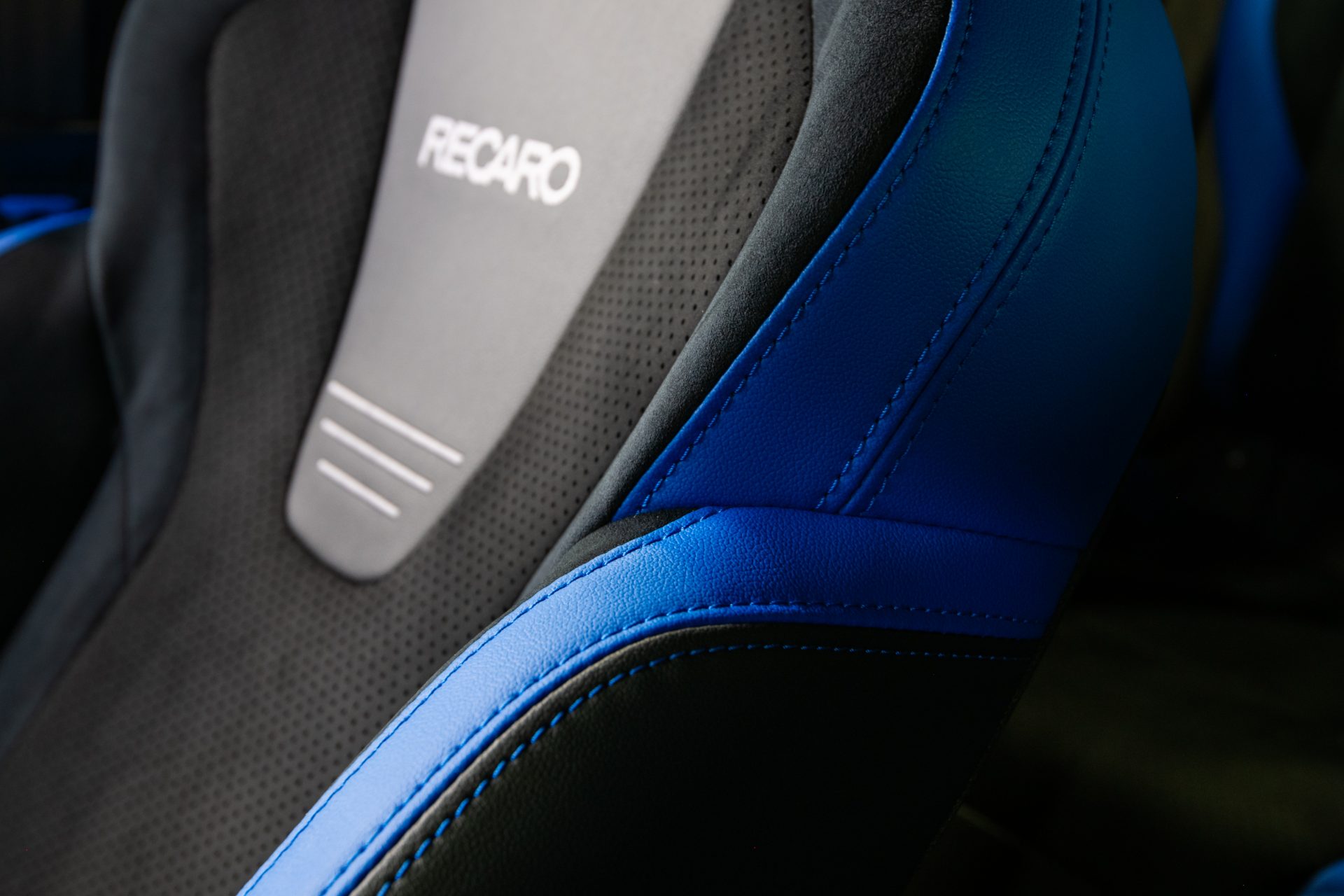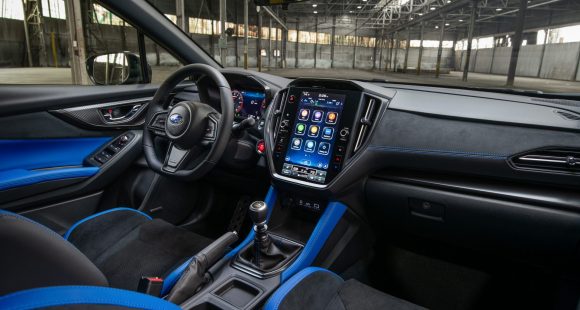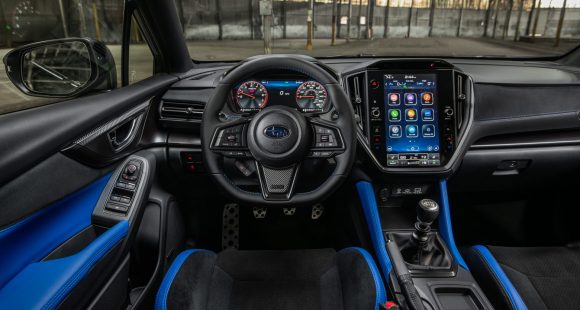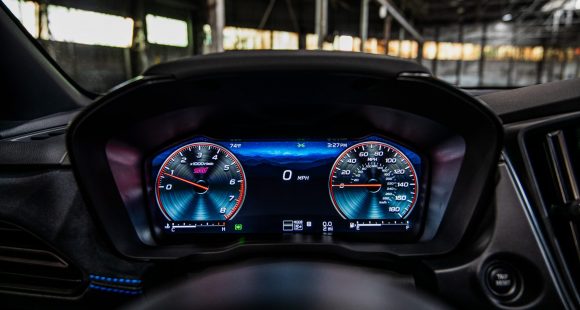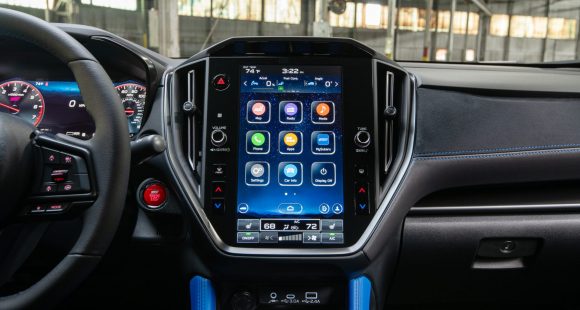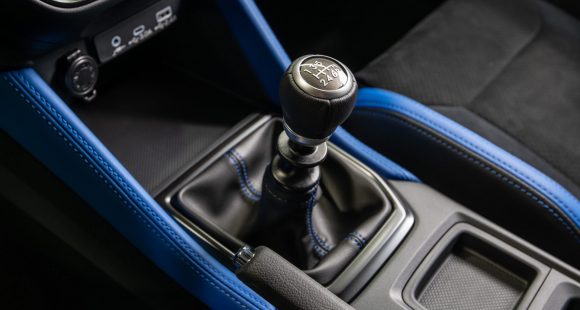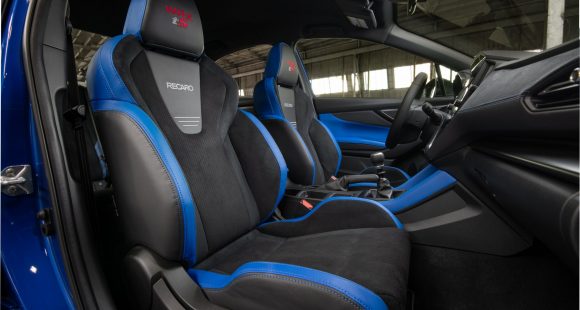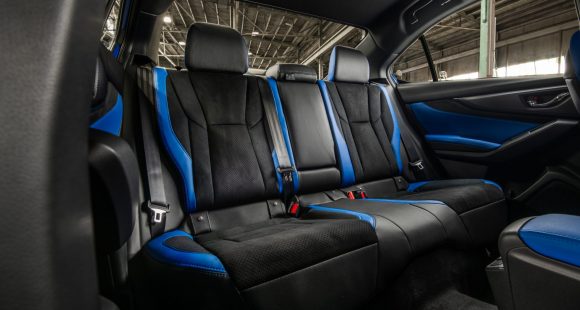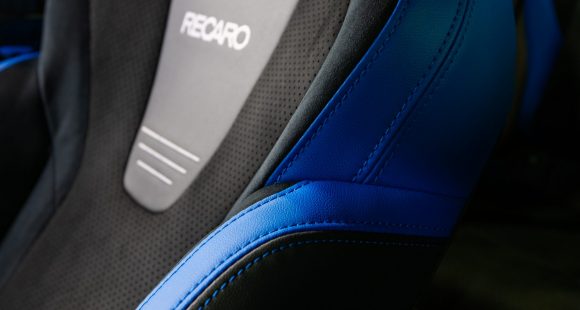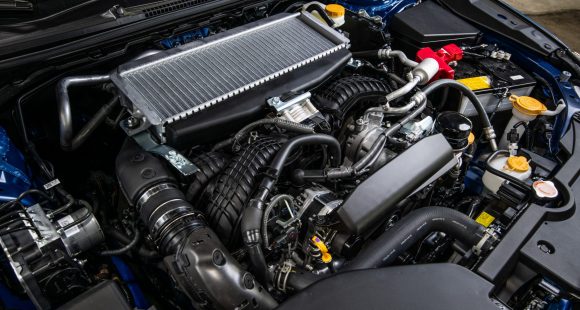2018 Porsche 911 Turbo S Cabriolet
When summertime arrives here at Motorweek, convertibles become very popular. Add the fact that our latest drop top was a Porsche 911 Turbo S, and well… the keys, as well as the car, always seemed to be “gone missing”. Fortunately, we were able to get some work done with it too. So, here’s our latest sun burned jaunt, Porsche style!
There may be more race-ready 911s that you can buy, but the Porsche 911 Turbo S is still the top dog in a lineup that now consists of some 20 911 variants. And this 2018 Cabriolet body style not only allows you to get in touch with nature while you’re streaking around your favorite back roads, but it make sure everyone knows who’s behind the wheel too. Whatever your motivation, you’ll find plenty to love here.
Of course one of our favorite things about any 911, is launch control. It’s equal parts brutality, simplicity, and rocketry; allowing you to leap off the line no matter where you are, with maximum effect.
 The pure visceral experience starts when you release the brake and slingshot off the line. All-wheel-drive traction gets you going in a haste; but prepare to do some quick steering, as depending on which wheel is getting the most grip, things can get interesting rapidly too.
The pure visceral experience starts when you release the brake and slingshot off the line. All-wheel-drive traction gets you going in a haste; but prepare to do some quick steering, as depending on which wheel is getting the most grip, things can get interesting rapidly too.
60 miles-per-hour arrives in just 2.9-seconds; stupid grins on your face, even quicker. And it all happens with intake, exhaust, and engine noises creating a harmony of awesomeness; as the turbo-6 pushes you down the track like a frightened gazelle.
No matter how many times you rip off sub-eleven second ¼ miles, it never gets old. This 911 Turbo S can do it in 10.8-seconds at 129 miles-per-hour.
After coming down from that adrenaline high, you can appreciate that all of this happens because of the 580-horsepower and 516 lb-ft. of torque that pours from the 3.8-liter twin-turbo flat-6. Last year saw new turbos added, as well as a Dynamic Boost function that maintains boost pressure even when you ease off the throttle, or when the 7-speed PDK triggers a shift.
Amazing brakes are nothing new to 911s or Porsches in general, but the way these 6–piston calipers grab the ceramic brake discs that are standard on the S is truly epic. Stops from 60 take just 90-feet.
 Running through a simple slalom course at our drag strip, is truly no test for this 911; but you do get a small taste of the insane grip, sharp turn-ins, and ultra-flat handling that the Turbo S has to offer. Does the fabric roof overhead compromise anything? Perhaps, but not that we could tell here.
Running through a simple slalom course at our drag strip, is truly no test for this 911; but you do get a small taste of the insane grip, sharp turn-ins, and ultra-flat handling that the Turbo S has to offer. Does the fabric roof overhead compromise anything? Perhaps, but not that we could tell here.
And we all know the Turbo S is no one trick pony; once you’re done seeking low e.t.’s, or slicing up the slalom like a Ginsu knife, it’s just as rewarding heading to your favorite far off place.
Seeing 911s on the road is not exactly a rare occasion; yet our Guards Red Cabriolet still garnered its fair share of attention. People may not always know why, but they can sense there’s just something special about this 911.
Top or no top, the look is all classic Porsche; round headlights, smooth body, wide hips, the whole package. This Turbo S of course, rides on 20-inch center-lock wheels.
Not surprisingly, top operation is as speedy and efficient as the rest of the car.
 Sitting inside, everything just feels right, with all of the important stuff falling readily to hand.
Sitting inside, everything just feels right, with all of the important stuff falling readily to hand.
The up-sweeping center console still hosts plenty of physical buttons. Meanwhile, Porsche’s touchscreen interface has steadily improved…it’s now quite intuitive.
Seats have a “business first” feel, with that business being keeping you in place at high speeds on a road course; yet they are plenty comfortable for leisurely-long drives through the countryside.
Government Fuel Economy Ratings are not painful at all for a car with this much performance; 19-City, 24-Highway, and 21-Combined. We averaged 22.1 miles-per-gallon of Premium. So that’s an only slightly worse than average Energy Impact Score of 15.7-barrels of yearly oil use, with CO2 emissions of 7.1-tons.
And then of course there’s the matter of pricing. While the 911 Turbo starts at $162,850, stepping up to the 580 horse S Cabriolet will cost you $204,050.
But, be still that racing heart, as you can get the 911 Carrera Cabriolet…with only 420 horsepower…for about half that.
Still, the 2018 Porsche 911 Turbo S remains our aspirational vehicle, and it has managed to stay relevant despite a new upstart supercar arriving almost weekly. There’s still nothing else on the road quite like it.
Specifications
- Engine: 3.8 liter
- Horsepower: 580
- Torque: 516 lb-ft.
- 0-60 mph: 2.9 seconds
- 1/4 mile: 10.8 seconds @ 129 mph
- EPA: 19 mpg city / 24 mpg highway
- Energy Impact: 15.7 barrel of oil/yr
- CO2 Emissions: 7.1 tons/yr
2025 Subaru WRX tS
Subaru’s “World Rally eXperimental” Gets Tecnica-Tuned Tech
Building on its global rally heritage, WRX has been a standalone Subaru nameplate, marketed separately from garden variety Impreza, for two generations now. And while the current WRX still lacks the full STI treatment, this WRX tS serves up some of that high-performance spice we’ve been longing for.
Before we go flat out into our Track Test of this 2025 Subaru WRX tS, lets open the Subaru dictionary so we’re all on the same page. “tS” stands for “tuned by STI;” and “STI” is an acronym for “Subaru Tecnica International,” the brand’s high-performance sub-group best known for upgrading the WRX— oh, that stands for “World Rally eXperimental,” in case you didn’t know.
All that said, STI has been largely dormant for this WRX generation, but this tS sprinkles more of their engineering magic into the mix. No, that doesn’t mean extra power, but does mean significant chassis-related improvements.
First, electronically controlled dampers, adjustable through the 11.6-inch tablet-style infotainment screen. That meant a softer “comfort” mode on the 10+ hour commute to and from Savannah’s Roebling Road Raceway. But once we were there, it was the firmer “Sport+” setting all the way, heightening response from the WRX’s throttle and already quick dual-pinion power steering system. There’s still some body roll for rally-esque weight transfer, but it’s well sorted and provides the “toss-ability” you want in a WRX.
Though if you do autocross your tS, which we implore you to do, you might feel the six-piston front, two-piston rear Brembo brakes first. The bite is strong, giving good rotation in the corners and plenty of “halt” for this 3,400 lb. compact with minimal fade, keeping us on track all week…until some unfortunate winter weather passed overhead. No worries here, as Subaru’s Symmetrical All-Wheel-Drive system got us to the track for some powdered deserts: Frosted donuts served up Michelin style, a set of winter tires different from the grippy Bridgestone Potenza S007 rubber the tS typically rides on. Some prior hot laps of California’s Sonoma Raceway gave credence to those Bridgestones, and showed us what this hot-compact can do in ideal conditions.
It’s well sorted and provides the “toss-ability” you want in a WRX.
Other tS enhancements are cabin-based, namely these beautiful blue Recaros. Most of our staff appreciated their moderately-aggressive bolstering on both street and track. And they’re even heated, too. Another tS-only appointment is this 12.3-inch digital gauge display. It mimics the standard analog gauges with some additional info, but can switch to a navigation mode for more convenient route guidance.
We do wish our tS came in the new Galaxy Purple or the trademark World Rally Blue, but this Crystal White paint wasn’t too shabby, contrasting its Cherry Blossom Red badging and blacked-out lip spoiler. Otherwise, the tS is like any other WRX, down to the hood scoop funneling air to the top-mounted intercooler.
Underneath is the same turbocharged 2.4-liter flat-four in all other trims, boxing at 271 horsepower and 258 lb-ft of torque. The freak winter weather stopped straight-line testing, but a 0-60 time estimate of 5.5 seconds is about as spry as you realistically need, pulling strong through most of the tach; though the 6,000 RPM redline required attentive shifting of the six-speed box, which the tS comes exclusively with. The throws are precise, if a little long, and the clutch is wonderfully weighted.
With discontinuation of the Base trim, pricing for the WRX now starts with Premium at $36,920. The tS is at the top of the lineup with the automatic-only GT, both starting at $46,875. All WRXs continue to be made in Gunma, Japan.
If you’re an enthusiast itching to do the tuning yourself, perhaps the 2025 Subaru WRX tS is not for you. But if you want a plug-and-play experience, this is it. While it won’t exactly bestow the loose-cannon, top-level driving skills exhibited by famous WRC drivers upon you, the tS moves this WRX’s game in a direction we’ve so desperately wanted Subaru to take.
Specifications
As Tested
- Engine: 2.4-liter flat-four
- Tranmission: 6-speed manual
- Horsepower: 271
- Torque: 258 lb-ft







